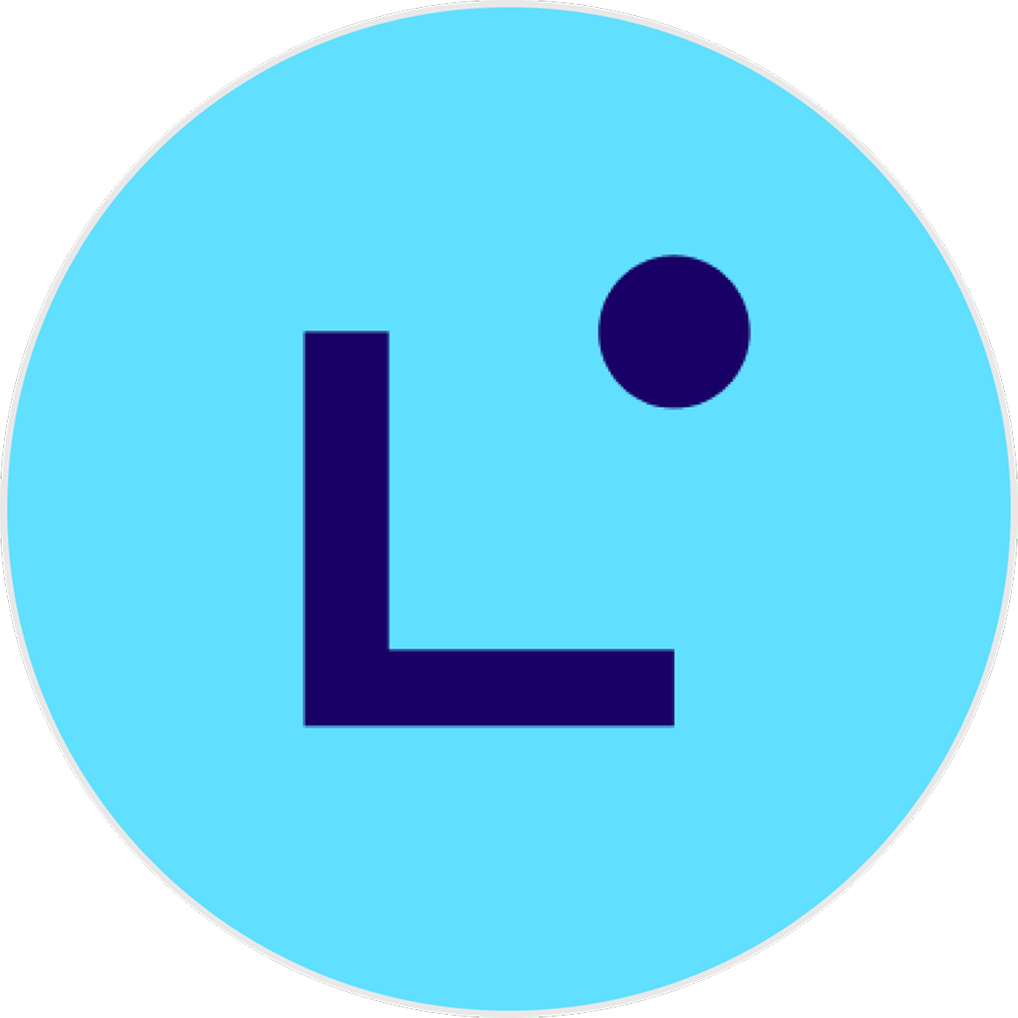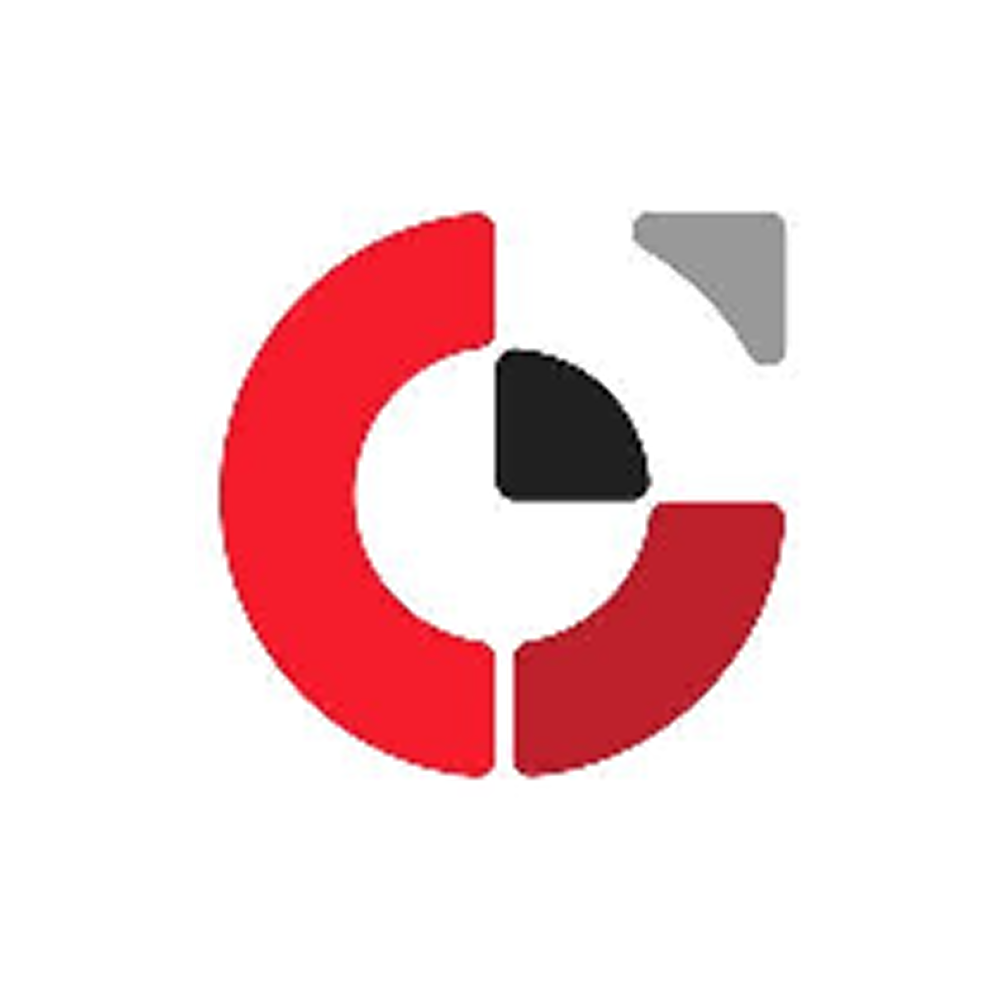At Bitso, we know that the financial future is built on movement. That’s why our mission is to give you the tools and assets you need so your money doesn’t stay still, but moves at the speed of innovation.
Today, we are ready to take the conversation and your portfolio to the next level. Five new assets are arriving on our platform: 2Z, LINEA, AVNT, XAN, and LA. From the power of decentralized infrastructure (DePIN) and Layer 2 scalability to Real-World Asset (RWA) trading, each token is a new way to diversify your strategy beyond the obvious.
In this article, we’ll tell you a bit about each project so you can learn more about them.
Meet the 5 new additions
We present the new assets with a simple approach, so you can get to know them better and diversify your portfolio with knowledge.

2Z: The low-latency DePIN engine
2Z is the native utility token of the DoubleZero protocol, a decentralized infrastructure network within the DePIN (Decentralized Physical Infrastructure Networks) ecosystem. Its goal is to surpass the speed of public internet in blockchain systems using community-contributed resources.
- What is it for? The 2Z token is essential for operating this decentralized network. It is used to pay for fast network access and to reward contributors who provide high-performance resources, such as private fiber.
- Use case: A Solana validator looking to reduce latency uses the DoubleZero network to improve its performance and pays 2Z for access. Simultaneously, a hardware provider earns 2Z by contributing private fiber that meets performance standards.

LINEA: The layer 2 boosting Ethereum’s speed
LINEA is the native token of Linea Network, a zkEVM-based Layer 2 scalability solution for Ethereum, developed by ConsenSys (the company behind MetaMask).
- What is it for? Its main function is to drive the growth of the Linea ecosystem through rewards, grants, and project funding to attract developers and users. It is crucial to note that ETH is the gas token on Linea; LINEA is not used to pay transaction fees.
- Use case: A decentralized exchange launches its platform on Linea to offer faster and lower-cost trading. To attract liquidity, it applies for and receives a grant in LINEA tokens from the Ecosystem Fund.

AVNT: The protocol uniting DeFi, RWA, and high leverage
AVNT is the native token of Avantis, the decentralized perpetual exchange built on the Base network. Avantis is designed to allow people to trade cryptocurrencies and Real-World Assets (RWA) like FX currency pairs and commodities, with high leverage.
- What is it for? The AVNT token is a key asset for protocol governance, staking (which allows earning a share of trading fees), and participation incentives for liquidity providers.
- Use case: An experienced trader opens a leveraged position on a currency pair in Avantis. They stake AVNT to receive a discount on fees for that trade, while stakers earn a portion of the fees generated.

XAN: The Intent-Centric Operating System
XAN is the native token of Anoma, a decentralized operating system and coordination layer designed to unify and simplify fragmented blockchain ecosystems. It introduces an “intent-centric” architecture, where users express the desired outcome, and the network executes it.
- What is it for? XAN serves three main functions: governance (through a two-body system), fee payment (for network services), and incentives for the solvers that execute multi-chain transactions.
- Use case: A user wants to swap an asset between Ethereum and Solana. They express the intent to “swap X for Y.” The solvers compete using XAN to execute the most efficient multi-chain transaction, and the user pays a fee in XAN (or another token).

LA: The Infrastructure Engine for ZK Verification
LA is the native utility asset of the Lagrange protocol, a decentralized infrastructure designed to enable verifiable computation and cross-chain interoperability using Zero-Knowledge Proofs (ZK proofs). It is built for use cases ranging from blockchain scalability to verifiable AI.
- What is it for? The LA token is used to pay for proof generation (requested by clients like rollups or AI applications), for staking, and to distribute rewards to the provers (proof generators) who maintain the network’s security and activity.
- Use Case: A decentralized exchange (DEX) wants to offer volume discounts. Instead of calculating everything on-chain, it uses Lagrange’s ZK Coprocessor. The contract requests an off-chain proof, pays in LA, and the provers generate and verify the result on the blockchain.
How are these new tokens listed?
Our purpose is to give you access to the newest tokens faster than anyone else. To achieve this while maintaining the security you expect, we implement the Limited Trading label.
This allows us to quickly expand our crypto offerings, giving you early access so you can take advantage of market opportunities as soon as possible.
What does Limited Trading mean?
- The latest listings are only available for buying and selling within the Bitso app.
- You can also send or receive them using Bitso Transfer.
This approach allows us to add new cryptocurrencies quickly, giving you more options to diversify your portfolio, all while maintaining the security and trust you expect from Bitso.
Start trading now
Ready to discover new opportunities? With Bitso, it’s simple and fast.
- Create your account — Open or download the Bitso app.
- Fund your account — Deposit fiat currency into your account to trade.
- Buy the new tokens — Go to Buy/Sell, choose your token (2Z, LINEA, AVNT, XAN, LA), and confirm.
Your next step: Smart research
At Bitso, we give you the tools, but you maintain control.
Remember: Investment strategies come from clarity, not complexity. Before making any investment, we invite you to do your own research (DYOR) so you can make informed decisions. You can find more technical details and the full vision of each project on their official websites.


